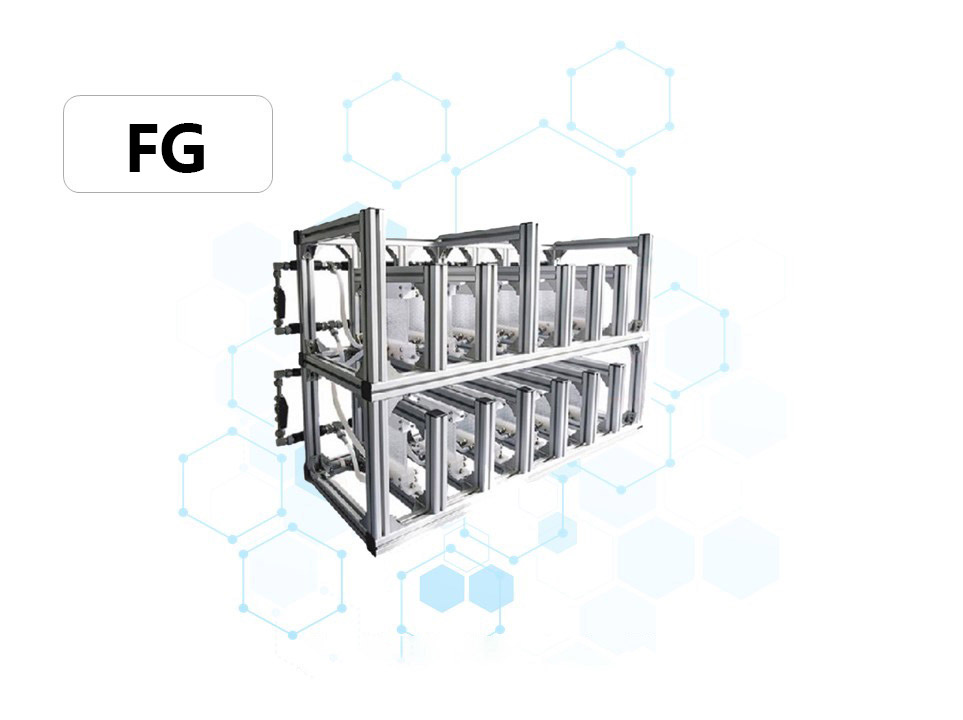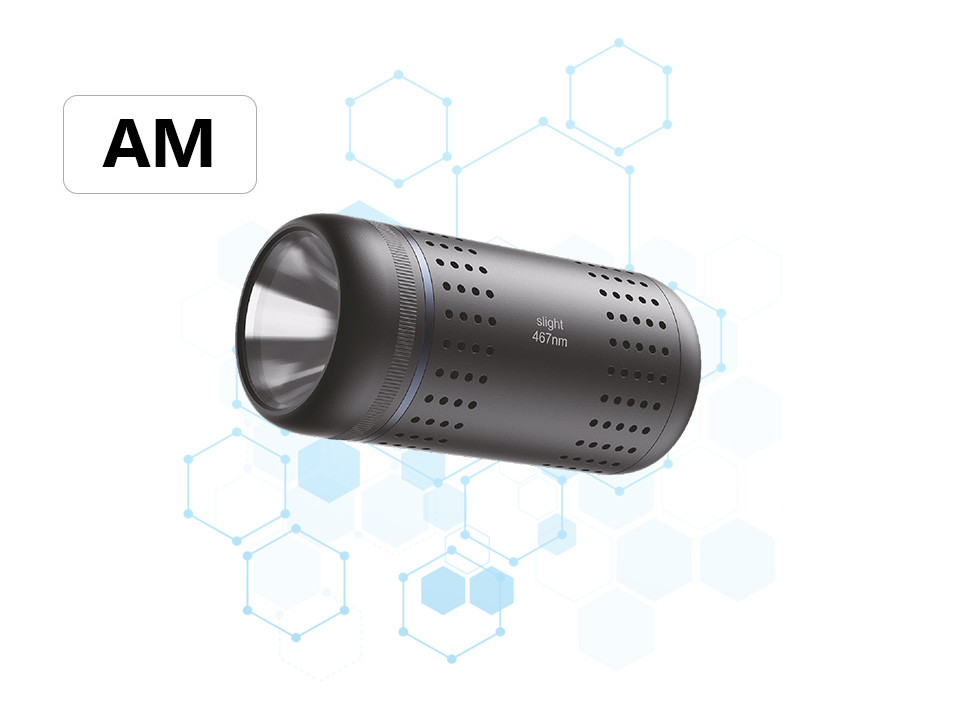The working principle of continuous flow reactor

Continuous Flow Reactor operates by continuously introducing reactants into the reactor, where they undergo ongoing reactions before the products flow out, enabling uninterrupted chemical processes. Its core working principles are as follows:
Continuous Material Flow: Reactants are steadily pumped into the reactor at a controlled flow rate using pumps or similar devices. Fresh reactants continuously enter while products are simultaneously discharged, maintaining a dynamic equilibrium within the reactor.
Precise Parameter Control: Temperature is precisely regulated via heat exchangers, complemented by pressure adjustment systems and flow control mechanisms to ensure consistent reaction conditions. Microchannel reactors enhance heat and mass transfer through narrow channel designs, achieving uniform distribution of parameters like temperature and concentration.
Efficient Reaction Dynamics: Under continuous flow, reactants maintain consistent residence times, eliminating batch-to-batch variability. Microscale structures (e.g., microchannels) dramatically increase specific surface areas, accelerating reaction rates—some processes complete within seconds.
Scalable and Stable Production: During scale-up from laboratory to industrial levels, continuous flow reactors deliver consistent performance, enabling predictable and controlled processes that ensure uniform product quality.





